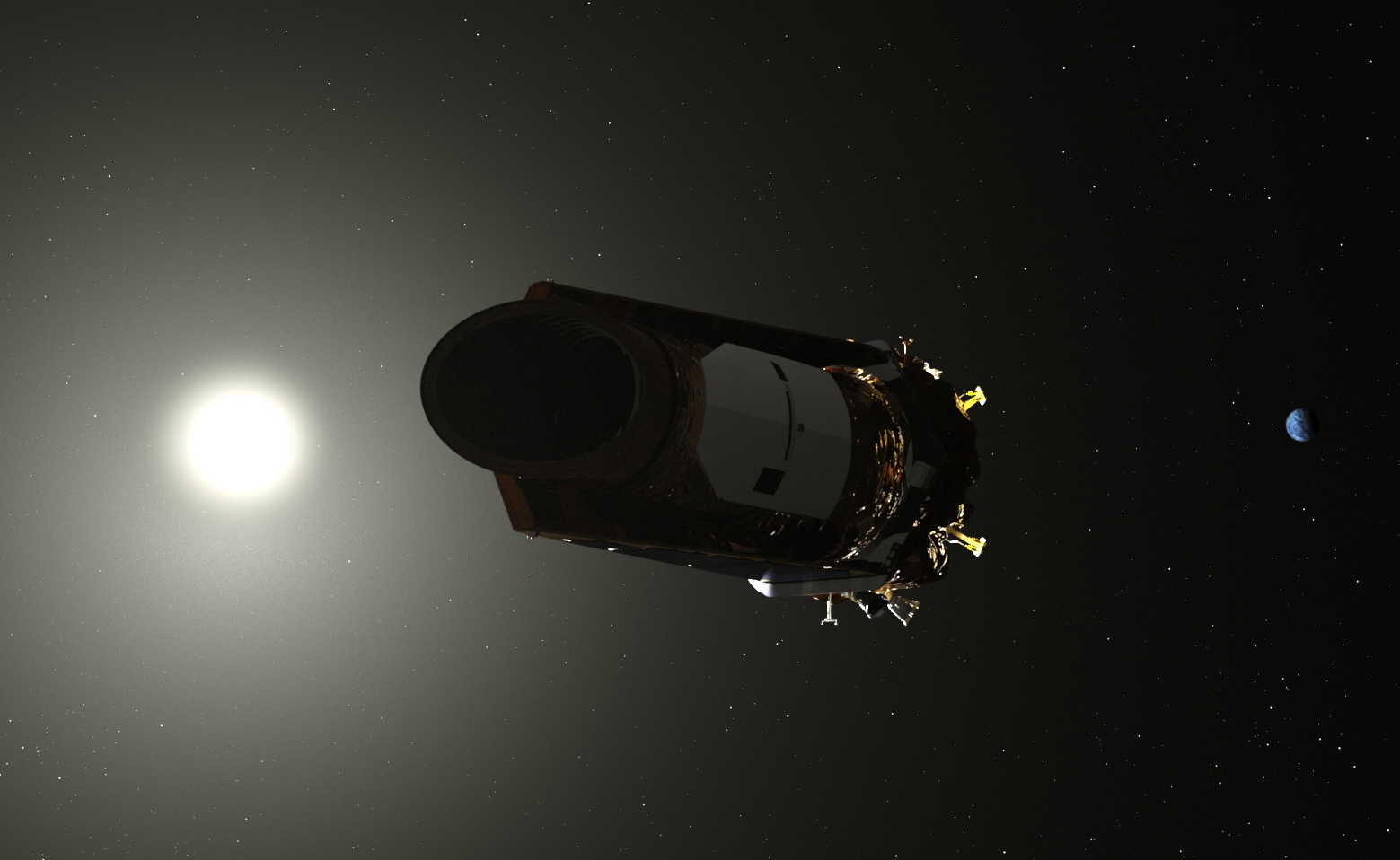NASA’s Alien-Hunter, The Kepler Space Telescope, Has Gone Dark, Puzzling the Scientists

NASA’s Kepler Space Telescope, the most famous alien-hunter with thousands of exoplanets in its portfolio, has recently suffered an additional malfunction, forcing the spacecraft to go back into safe mode after the researchers extracted the data of the latest campaign. Now, however, NASA’s alien-hunter has gone dark, puzzling the scientists.
“Following a successful return of data from the last observation campaign, the Kepler team commanded the spacecraft into position to begin collecting data for its next campaign. On Friday, October 19th, during a regularly scheduled spacecraft contact using NASA’s Deep Space Network, the team learned that the spacecraft had transitioned to its no-fuel-use sleep mode. The Kepler team is currently assessing the cause and evaluating possible next steps,” stated NASA on its website.
Earlier, on October 15th, NASA’s engineers woke up Kepler Space Telescope to download the data from the latest campaign the alien-hunter completed earlier this year. The newest campaign, Campaign 19, commenced on August 29th after NASA has previously tweaked the craft’s setup to bypass “unusual behavior exhibited by one of the thrusters,” as the US Space Agency reported.
NASA’s Alien-Hunter, The Kepler Space Telescope, Has Gone Dark, Puzzling the Scientists
NASA is monitoring the Kepler Space Telescope’s health and performance since the last campaign, admitting that the alien-hunter suffered many drawbacks during its nine years in space. However, NASA also said that Kepler “survived many potential knock-outs during its nine years in flight, from mechanical failures to being blasted by cosmic rays.”
Despite all its problems, NASA’s Kepler Space Telescope was the most successful alien-hunter of the world. It has found, to date, thousands of exoplanets, some of which even located within the so-called Goldilocks Zone (an area in which a planet is just the right distance from its host star, meaning its temperature and solar radiation levels are appropriate for life development).
However, NASA’s Kepler Space Telescope is also running out of fuel, so its future is bleak. On the other hand, the US space agency already deployed TESS alien-hunter to continue from where Kepler stopped.
0 comments